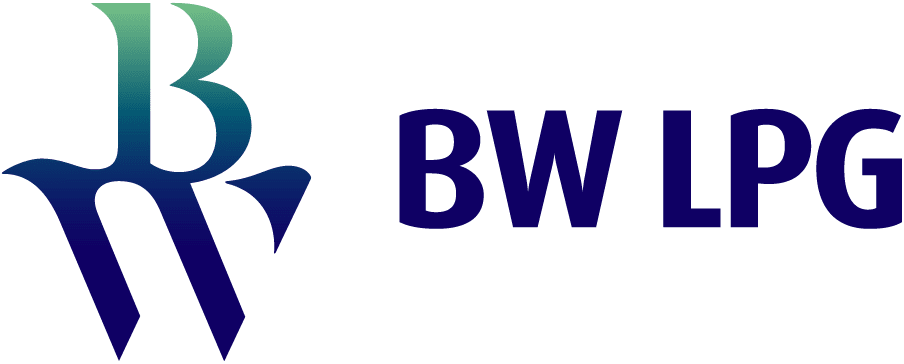Summary
Liquefied Petroleum Gas or LPG is a readily available and cleaner-burning fuel. BW LPG’s Very Large Gas Carrier (VLGC), BW Gemini, was the world’s first VLGC to be retrofitted with LPG dual-fuel propulsion technology. Since its redelivery in November 2020, BW LPG has successfully retrofitted nine more VLGCs, and at one time had three VLGCs concurrently at yard. Pontus Berg shares operational learnings from being a pioneer in adopting liquefied gas injection (propane) propulsion (LGIP) technology onboard. He also shares why LGIP technology is a necessary and complementary step towards technology required for alternative zero-carbon fuels such as ammonia.
Date: 20 October 2021
Event: DNV Alternative Fuels Online Conference
Key Highlights
Planning for the long term by retrofitting
The shipping industry is at a crossroads. We are facing changing and increasingly stringent regulations, rapidly advancing technology, and immense pressure from green-lobby groups, legislators and lenders. Shipowners must plan our next steps carefully. Our decisions must not only cater to short-term market demands, but also accommodate long-term developments in technology and regulations. At BW LPG, our strategy has been to optimize our assets and maximize their use. One way we are doing so, is by retrofitting our VLGCs with LPG propulsion technology, so that our ships can run on cleaner-burning LPG as fuel.
LPG is cleaner burning fuel that is available now
LPG is a readily available fuel that produces lower emissions; have enough power to propel our vessels; is storable, transportable, and affordable; and helps us decarbonize meaningfully even from a well-to-wake basis. Together with DNV, Wartsila Gas Solutions and MAN ES, we have pioneered the technology needed to power ships with LPG. In the LPG VLGC shipping segment, almost all newbuilds are on LPG propulsion. BW LPG has no newbuild orders, but we will have the largest fleet of LPG propulsion vessels ready in 2022.
Based on research from the Research Council of Norway, SINTEF, by using LPG as fuel, we benefit from a 17% decline in CO2 emissions versus MGO. This is from a well-to-wake basis, and as LPG is propane or butane or a mix of the two, there is no un-combusted methane, or even any methane-slip.
Practical learnings
Since the re-delivery of our first LPG powered vessel the BW Gemini in November 2020, we demonstrate that shipping is ready for LPG as a mainstream marine fuel. With almost a dozen retrofits under our belt, we have not had any major surprises. This is thanks in part to a very rigorous testing of our prototype, but mostly because of our talented, experienced and dedicated project and site team. While we have not experienced major technical hiccups, we have learnt valuable practical lessons.
For example, we now know the importance of having appropriate filters that can manage organic materials in the LPG bunker supply. We also had to cope with uncertain berthing schedules to discharge the heel before retrofitting, or to gas up before sea and gas trials. We took an innovative approach to an established maritime practice of ship-to-ship transfer; and applied the same technique to conduct STS of LPG as bunker fuel out at sea.
Having our very own LPG bunker ship standing by continues to give us precious control over project timelines and ensure that we do not need to be stressed out about selling heel or finding terminal slots for gas up parcels for sea trial on LPG fuel. We are grateful to have the support of BW Epic Kosan for the charter of their LPG carrier Epic St Martin for this dedicated purpose.
Moving forward
We continue to explore all available options as we think about the long term. We have an on-going project to review developments in alternative fuels such as ammonia and consider alternative technologies such as carbon capture onboard. Having such discussions on alternative fuels are useful and help us make better decisions for our stakeholders.
Read more
- Read about our LPG propulsion project
- Read about the benefits of LPG propulsion
- Read Frequently Asked Questions on LPG propulsion

